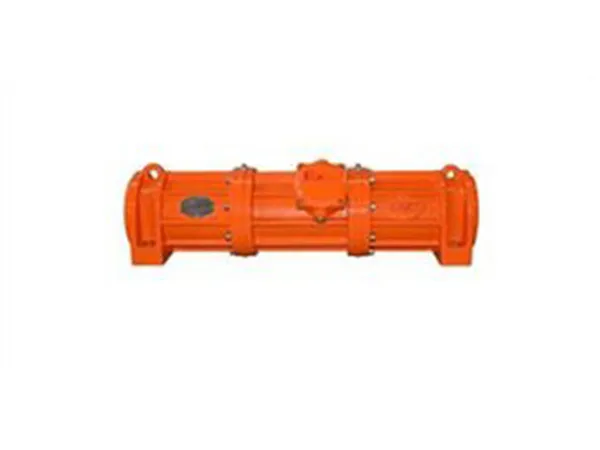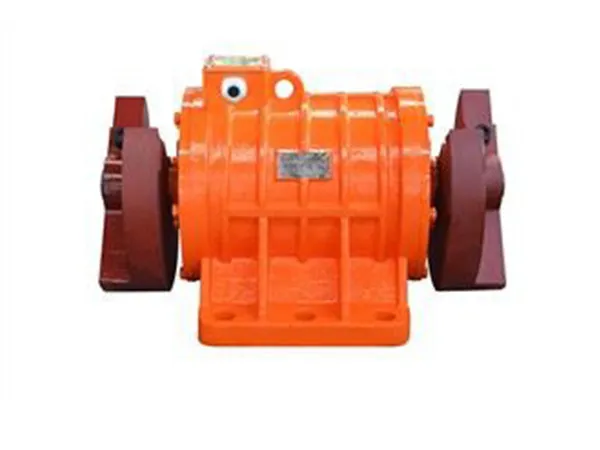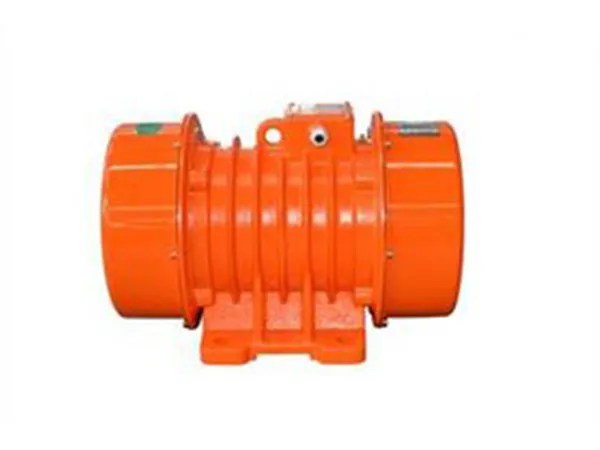time:Jun 17, 2024 source:ZEXCIT
Vibration motors can be installed in various configurations depending on the application and desired outcome.

Base-Mounted Installation
Direct Mounting: The motor is mounted directly onto the base of the equipment using bolts. This is the most straightforward installation method.
Resilient Mounting: The motor is mounted on a base with rubber pads or springs to reduce transmitted vibrations to the equipment structure.
Flange-Mounted Installation
Vertical Flange Mounting: The motor is mounted vertically using a flange. This is common in applications like feeders and screens where vertical vibration is needed.
Horizontal Flange Mounting: The motor is mounted horizontally using a flange. This method is used where horizontal vibration is required.
Side-Mounted Installation
Bracket Mounting: The motor is mounted on the side of the equipment using a bracket. This method is useful for compact spaces and where side vibrations are beneficial.
Shaft-Mounted Installation
Direct Shaft Mounting: The motor is directly mounted on the shaft of the equipment, commonly used in cylindrical screens or drums.
Belt-Driven Mounting: The motor is mounted separately and connected via a belt to the shaft, providing flexibility in motor placement.
Top-Mounted Installation
Overhead Mounting: The motor is mounted on top of the equipment, which is typical in applications requiring vertical downward vibrations, such as hoppers and bins.

The direction of the vibration produced by a vibration motor can be adjusted by changing the orientation of the motor itself or by adjusting the position of the unbalanced weights (eccentric blocks) attached to the motor shaft. Here’s how you can do it:
Changing Motor Orientation
Vertical to Horizontal: By mounting the motor vertically or horizontally, you can change the direction of the vibration. For example, if the motor is mounted vertically, the vibration will primarily be in a horizontal direction and vice versa.
Angled Mounting: Mounting the motor at an angle can produce a combined vibration effect, which is useful in certain applications like material compaction or sieving.
Adjusting Eccentric Weights
Asymmetrical Adjustment: By setting different angles for the top and bottom weights, you can create elliptical or circular vibration patterns.
Symmetrical Adjustment: When both the top and bottom eccentric weights are set to the same angle, the vibration force is balanced and provides a linear vibration in a specific direction.
Phase Angle Adjustment
Phase Shifting: If your equipment uses two motors, adjusting the phase angle between the motors can alter the vibration direction and pattern. For example:
In-Phase: When both motors vibrate in phase, the resulting vibration direction is linear.
Out-of-Phase: When motors are out of phase, the vibration can become circular or elliptical.
Safety First: Ensure the power supply to the motor is turned off and lockout/tagout procedures are followed.
Access Weights: Open the motor’s weight cover to access the eccentric weights.
Adjust Weight Position:
Loosen Bolts: Loosen the bolts holding the weights in place.
Set Angles: Adjust the weights to the desired angle. Refer to the motor’s manual for specific guidance on setting angles for the desired vibration effect.
Tighten Bolts: Secure the weights by tightening the bolts.
Check Balance: Ensure that the weights are balanced to prevent excessive wear or damage to the motor.
Test Run: Power on the motor and observe the vibration. Make further adjustments if necessary.
By carefully selecting the installation method and adjusting the weights and orientation, you can optimize the vibration direction and pattern to suit your specific application needs.
What are the application areas of heavy duty vibratory feeders
What is the price of vibrating feeder and what factors affect the price?

MVT series vibrator compared with ordinary vibrators, MVT series vibrators have wider vibration coverage and more convenient installation. MVT series vibrators are widely used in coal, mining, petroleum, foundry, food processing and other industries. Used on vibrating screens, feeders and other equipment.
READ MORE
The VBH series vibration motors are specialized electric motors designed for generating controlled vibrations in various industrial applications. These motors are known for their reliability, durability, and efficiency, making them suitable for integration into equipment such as vibrating screens, feeders, conveyors, compactors, and sieves.
READ MORE
VB series vibration motors are used as the excitation source of various types of vibration machinery, such as vibrating feeders, vibrating conveyors, vibrating ore discharge machines, vibrating sand shakers, vibrating screens, and vibration anti-blocking devices for silos, etc., and are widely used Electricity, building materials, coal, mining, metallurgy, chemical industry, light industry, casting and other industries.
READ MORECopyright © 2023 Xinxiang Zongyuan Machinery Equipment Co., Ltd. | All Rights Reserved.